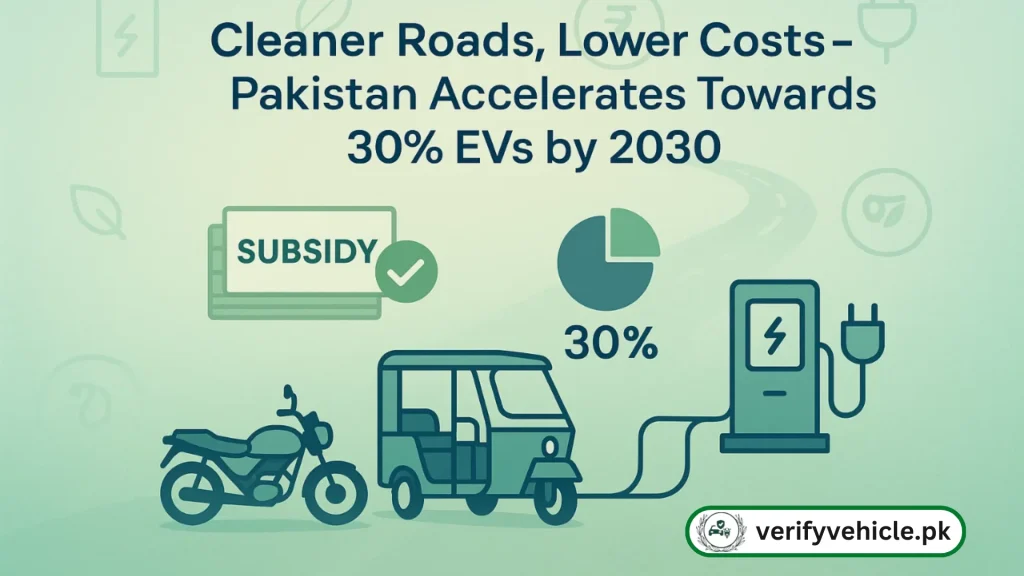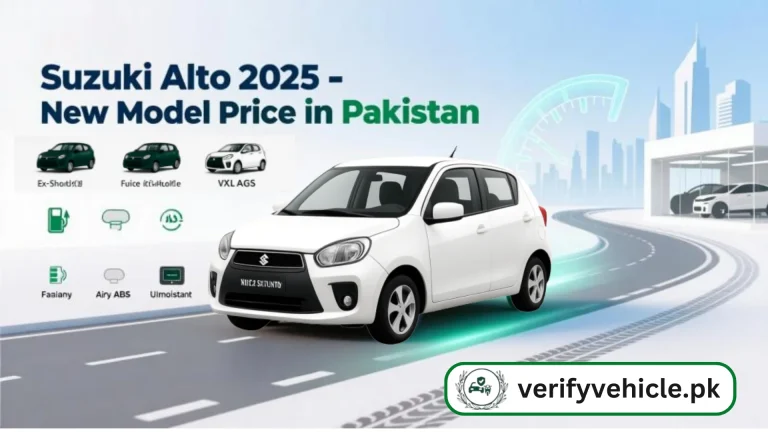PM launches New Energy Vehicle Policy 2025-2030
Pakistan has brought out the PM new Energy Vehicle Policy 2025-2030, which takes the nation in the direction of sustainable and green transportation. This is, in general, a visionary policy intent on changing the landscape of the country’s automobile buying behavior policy to favor e-mobility over combustion engines. It intends to cut carbon emissions while cutting down on fuel imports. The change is in progress on the roads of Pakistan; silent, clean, and efficient pathways powered by lithium-ion energy use. Beyond touching consumers, the Pakistan PM new EV Policy 2025 has far-reaching significance even for riders, fleet operators, emerging logistics firms, local manufacturers, and start-ups dealing with their charging infrastructure; energy integrators such as OKLA and others who are considering the future of EV ecosystems within the country. Truly a possibilities-expanding policy.
پاکستان کی وزیراعظم انرجی وہیکل پالیسی 2025-2030 کا مقصد ملک کے ٹرانسپورٹ نظام کو پائیدار اور ماحول دوست سمت میں لے جانا ہے۔ یہ پالیسی روایتی انجنوں کے بجائے ای-موبلٹی کو فروغ دیتی ہے تاکہ کاربن کے اخراج میں کمی اور ایندھن کی درآمدات پر انحصار کم ہو۔ اس سے سڑکوں پر صاف، مؤثر اور لیتھیم آئن توانائی سے چلنے والی گاڑیاں سامنے آئیں گی۔ یہ پالیسی نہ صرف صارفین بلکہ رائیڈرز، فلیٹ آپریٹرز، لاجسٹکس فرمز، مینوفیکچررز، اسٹارٹ اپس اور چارجنگ انفراسٹرکچر فراہم کرنے والوں کے لیے بھی اہم ہے۔ او کے ایل اے جیسے توانائی کے ادارے بھی اس فریم ورک کے تحت ای وی ایکو سسٹم کی ترقی میں دلچسپی رکھتے ہیں۔ یہ پالیسی پاکستان میں نئی امکانات کی بنیاد ہے۔
With a complementary regional EV subsidy support of nearly Rs 9 billion, this policy of 2025 is going to create abundant opportunities for targeted investments in two and three-wheelers. Plans by OKLA to establish EV charging stations, vehicle-to-grid (V2G) systems, and battery swapping networks are already in the making. Infrastructure development is slowly beginning to catch up with plans. It is one of the country’s leading enablers of the EV ecosystem and is positioned to spearhead last-mile electric fleet delivery, battery swap utilization, and smart grid connectivity in synergy with the national target of achieving 30% electric vehicles by 2030.
Vision and Core Objectives of the New Energy Vehicle Policy
The core vision of PM new EV policy is to have a clean, sustainable, and economically resilient transport system for Pakistan. This PM new EV Policy is not simply a bundle of perks; rather, it is a strategic intervention for the nation to end the use of fossil fuels, which presently generate an enormous annual oil import bill and greenhouse gas emissions. The major objectives of this new energy vehicle policy are as follows:
- Environmental Protection: Mitigating climate change through drastic reduction of carbon emissions from vehicles and improving urban air quality. The aim is to cut carbon emissions by millions of tons by 2030.
- Economic Security: Saving billions of foreign exchange by minimizing imports of petroleum products. This also means stabilizing the national economy and improving the balance of payments.
- Industrial Growth: Establishing a new home industry for manufacturing, assembling, and supplying electric vehicles, batteries, as well as charging infrastructure. The outcome will be several thousand new jobs created with self-reliance in technology.
- Energy Efficiency: Making use of the surplus electricity generation capacity of the country and using renewable energy sources produced locally to run the future transport fleet.
What exactly is the PM Energy Vehicle Policy?
The PM energy vehicle policy involves the government regulations, incentives, and guidelines that aim to expedite the adoption, manufacture, and integration of electric vehicles (EVs) and new energy vehicles (NEVs). This includes monetary subsidies, infrastructure development, taxation reforms, and environmental standards, all geared towards developing cleaner transport options.
PM New EV Policy Subsidies
To promote the uptake of EVs, the incentives listed in the policies include:
- A subsidy of Rs. 65,000 on electric bikes.
- Rs. 400,000 for electric rickshaws.
- A subsidy of Rs. 15,000 per kWh on electric four-wheelers.
- Tax exemption and financing reforms.
- Free registration and toll exemption for electric vehicles.
- The grant of these incentives helps make electric mobility affordable and attractive to buyers.
Setting up EV Charging Infrastructure
The PM Energy vehicle policy mandates the creation of at least 3,000 charging stations spread across the country by 2030. Fast charging and battery swapping stations shall be located strategically on highways and urban centers to alleviate the issue of range anxiety and encourage mass acceptance of EVs.

Targets and Benchmarks for 2025-2030
New energy vehicle policy 2025-26 and beyond put down some well-desirable and quantifiable targets to assess the success or otherwise. These are going to be an ambitious acknowledgment of a long-term commitment to a green future.
- Vehicle Sales: A flagship goal is to ensure that 30% of new vehicle sales by 2030 are New Energy Vehicles (NEVs), up from the current terribly low figures. This will rise to 90% by 2040, with the long-term goal of achieving a net-zero transport fleet by 2060.
- Infrastructure: Under infrastructure, it seeks the construction of 3,000 public EV charging stations by 2030, particularly focusing on fast charger setups on motorways and highways within the first six months.
- Subsidies and Incentives: A whopping Rs 100 billion was earmarked for establishing a five-year funding programme aimed at pushing the adoption of electric vehicles, particularly for the two-wheeler and three-wheeler segments, which constitute a vast majority of the country’s vehicle population.
- Government Fleet: From 2027, the federal government will purchase only electric two- and three-wheelers, and all future government vehicle procurements will be NEVs. This could set off a chain that would drive initial demand by leading by example.
Regulatory Framework and Governance
A clear regulation and governance framework is being set up for the implementation of the PM new EV policy in Pakistan.
- Steering Committee: There will be a dedicated steering committee of representatives from the Ministries of Finance, Industries, Energy, and Climate Change. It would ensure policy implementation with the involvement of all relevant stakeholders.
- Regulatory Body: The Engineering Development Board (EDB) shall be the main regulatory institution overseeing, advising, and guiding the entire auto industry.
- Data Governance: Data governance will be undertaken by a new entity called the National Electric Vehicle Commission (NEVC) for carbon credit management and quality- and internationally compliant vehicle testing.
- Quarterly Reviews: The progress of this PM Energy Vehicle Policy would be reported every quarter so that challenges can be addressed, and remedial actions would be taken to adopt a results-driven approach.
Conclusion
The New Energy Vehicles Policy 2025-2030 is a milestone initiative transforming Pakistan’s transport sector into an environmentally friendly, innovative, and economic industry. The complete framework tackles climate vulnerability, economic woes, and energy security. With active implementation, partnerships, and public participation, Pakistan can race into an era of clean, least-cost, and socially inclusive electric mobility.







